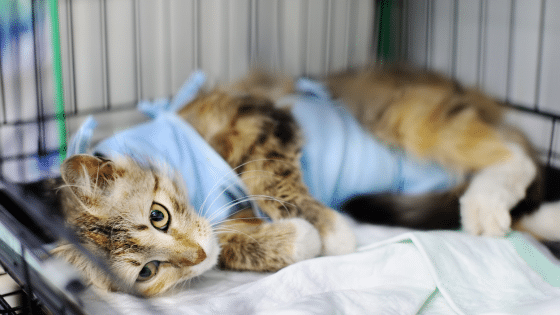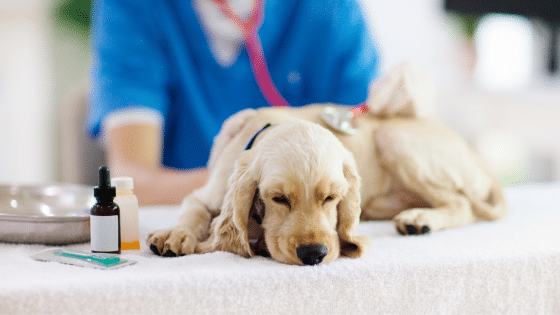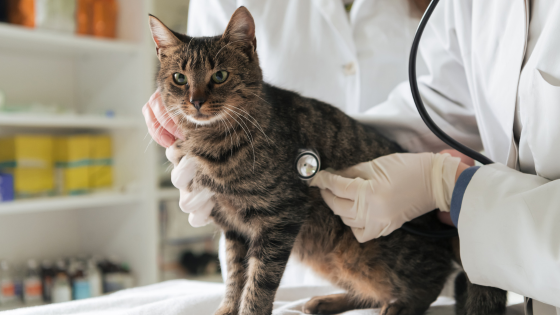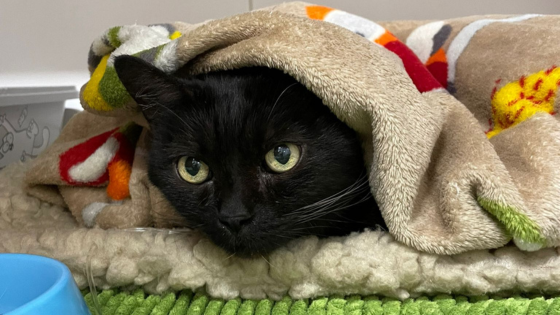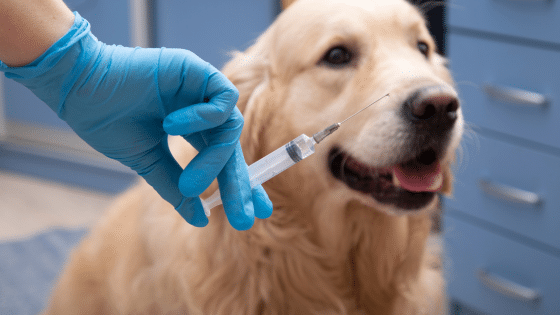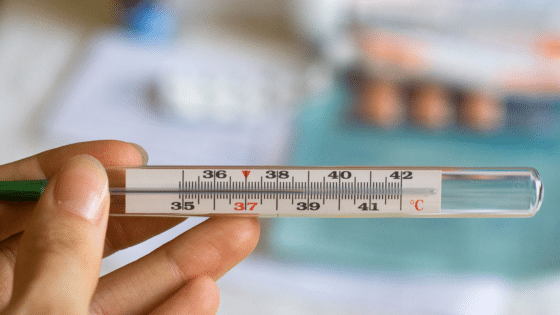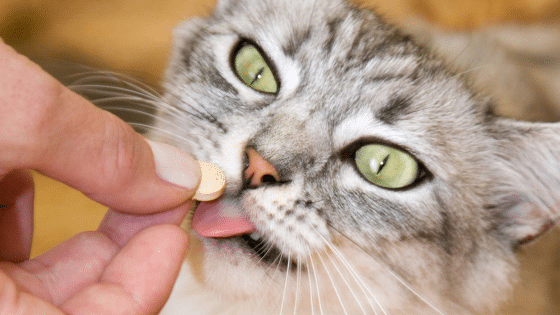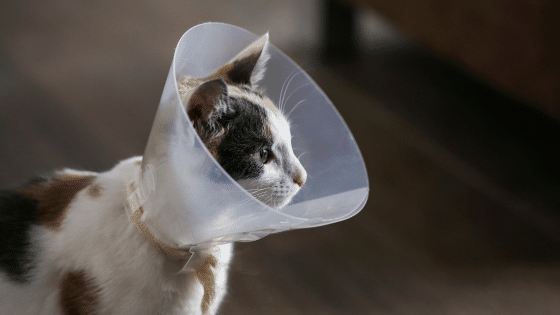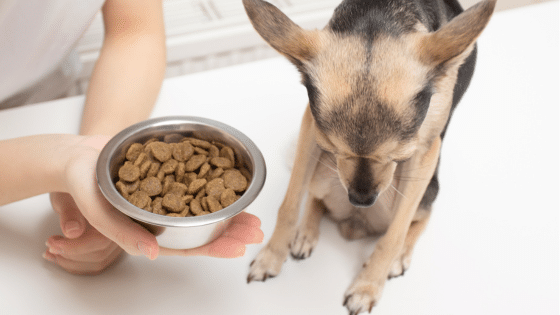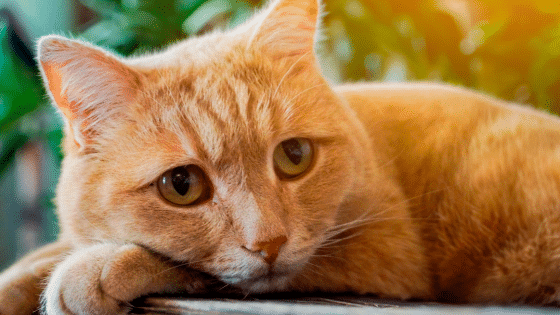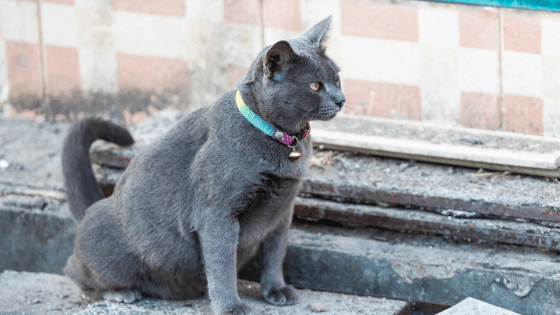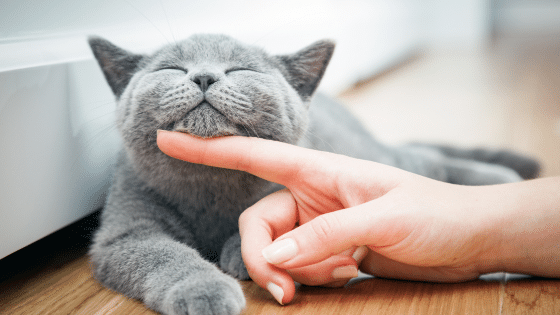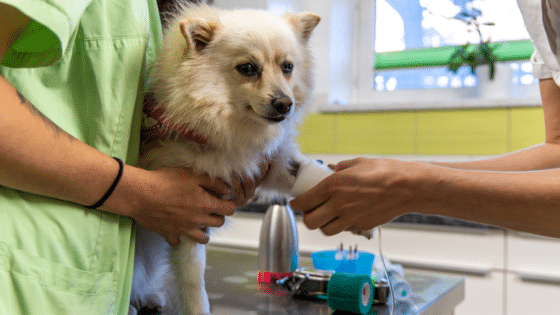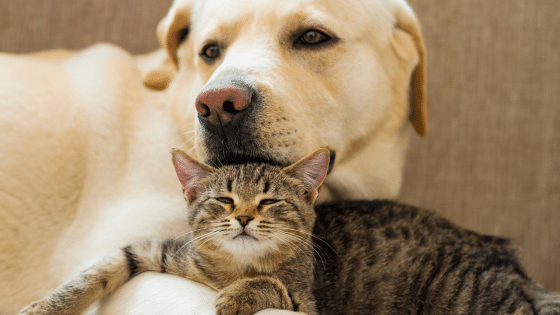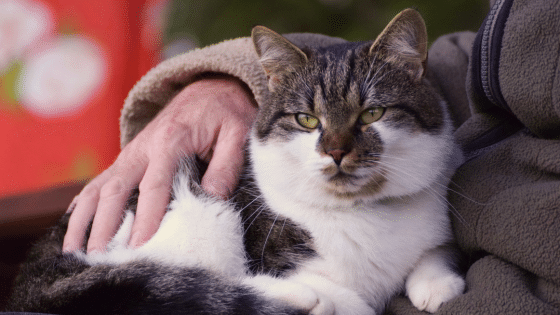Ursachen einer chronischen Niereninsuffizienz
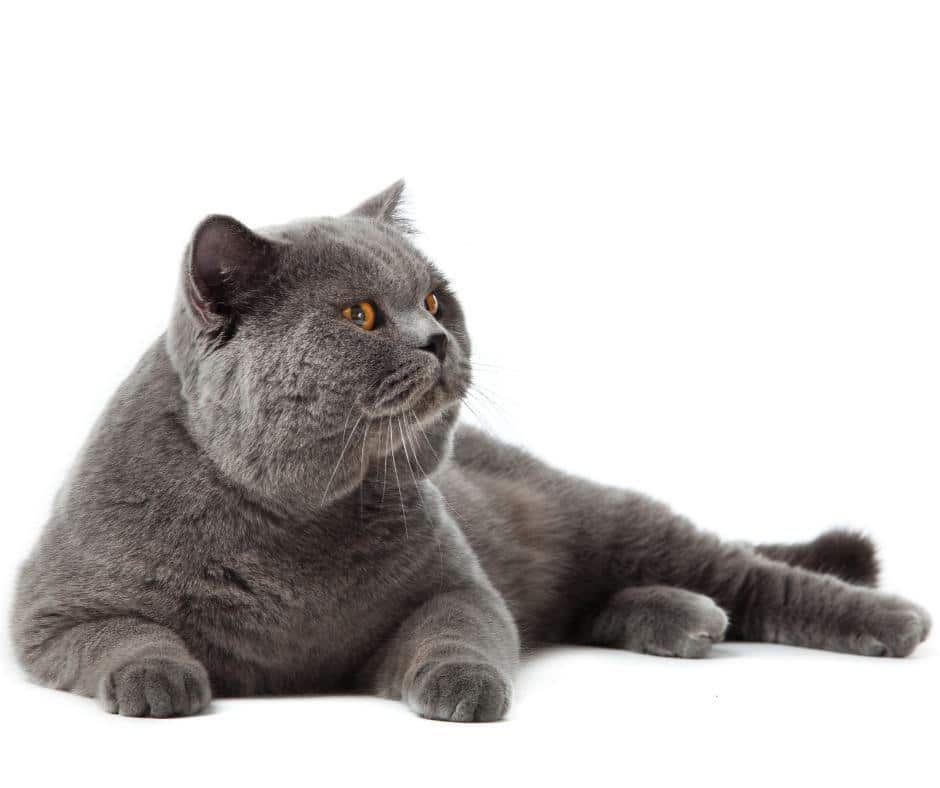
Renal insufficiency in cats can have various causes, including age-related changes, genetic predisposition, infections, long-term medication or toxin exposure as well as concomitant diseases such as diabetes or liver disease.
One of the most common causes is age-related changes. Similar to humans, older cats can also develop problems with their kidneys. With increasing age, the function of the kidneys deteriorates and their filtering capacity decreases.
Eine weitere mögliche Ursache ist eine genetische Veranlagung. Manche Rassen, wie Maine Coon und Perser, sind anfälliger für diese Krankheit als andere und tragen ein höheres Risiko, daran zu erkranken.
Infections also play a role in the development of kidney problems. Bacterial infections or viruses can cause damage to the kidneys and ultimately lead to insufficiency.
Another factor is long-term medication or exposure to toxins. Certain medications or toxic substances can be harmful to a cat's health in the long term and have a negative effect on its kidneys.
Concomitant diseases such as diabetes or liver disease also pose an increased risk. These diseases put a strain on the entire body and can therefore also impair kidney function.
Symptome der chronischen Niereninsuffizienz
The symptoms of CKD can develop gradually and be non-specific. The most common signs include
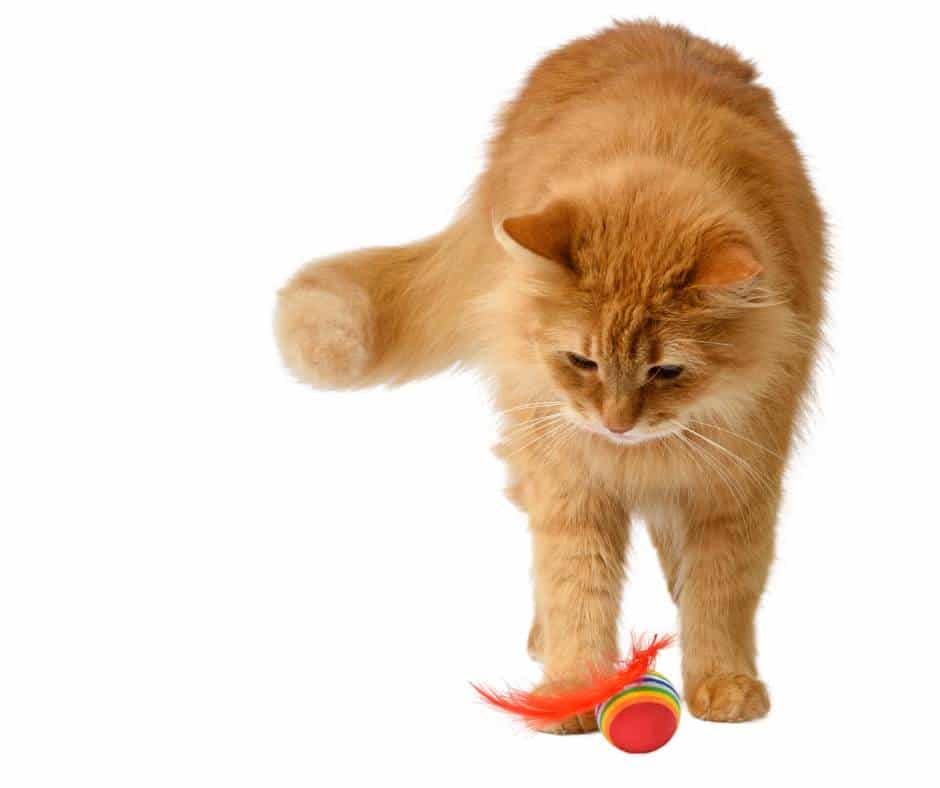
Häufige Symptome:
- Increased drinking and urination
- Weight loss
- Reduced appetite
- Vomit
- Bad breath
- Lethargy
- Uncleanliness
As a cat owner, you should always be vigilant and recognize possible signs of a kidney problem in your four-legged friend at an early stage. Increased drinking can be the first warning sign of incipient renal insufficiency. If your cat suddenly drinks an unusual amount of water or visits the litter tray more frequently than usual, you should be alert. Increased urination can also be a sign of kidney problems.
Other symptoms that should not be ignored are weight loss and loss of appetite. If your velvet paw is losing weight despite a normal food ration or even leaves its bowl empty, this could indicate that its kidneys are no longer functioning properly.
Auch Erbrechen ist ein mögliches Zeichen für eine beginnende Niereninsuffizienz. Sollte dein Stubentiger wiederholt erbrechen oder sich stark unwohl fühlen, musst du handeln.
General weakness is another possible symptom. If your cat seems lethargic and has hardly any energy left - even for normal activities such as playing or climbing - then you should consult a vet as soon as possible.
These symptoms do not always indicate renal insufficiency, but they should not be ignored and should be regarded as a warning signal.
Behandlung der chronischen Niereninsuffizienz
The treatment of renal insufficiency in cats can vary depending on the cause and severity. In most cases, it involves a combination of a special diet, infusion therapy and, if necessary, drug support.
Eine entscheidende Komponente in der Behandlung ist eine spezielle Diät. Eine solche Diät zielt darauf ab, den Flüssigkeitshaushalt des Körpers auszugleichen und die Belastung der geschädigten Nieren zu verringern. Sie enthält oft weniger Protein und Phosphor als herkömmliches Futter und beinhaltet stattdessen hochwertige Inhaltsstoffe zur Unterstützung einer gesunden Nierentätigkeit. Wir empfehlen Royal Canin Renal oder Hill´s Kidney Care.
In addition to the change in diet, the administration of fluids also plays a major role. Infusion therapy ensures that the kidneys are well flushed and waste products can be excreted more effectively. As a result, the cat no longer feels so unwell and eats better again. This helps to prevent possible secondary damage and keep the animal's state of health stable.
In some cases, it may be necessary to use medical support in the form of medication. These can help to support kidney function, reduce inflammation in the kidney area or control other symptoms such as nausea or high blood pressure. The exact type of drug therapy depends on the individual situation of the animal and should always be carried out under veterinary supervision.
The earlier the disease is diagnosed and treated, the better the chances of a successful outcome. Chronic means that a disease is long-term and permanent or that it persists over a long period of time. In the case of chronic renal insufficiency, this means that the disease cannot be completely cured and that the damaged kidney tissue cannot fully regenerate.
The main aim of treatment is to relieve the still functioning kidney tissue and stabilize the course of the disease. Lifelong therapy is required to control the symptoms and slow the progression of the disease. Regular veterinary check-ups with blood counts are important in order to monitor the condition of the kidneys and detect any changes at an early stage and adjust the therapy.
It is also important to closely monitor the cat's drinking and eating habits. Increased fluid intake can help to support kidney function and detoxify the body better. A balanced and special kidney diet can also help to reduce the burden on the kidneys.
Despite careful treatment and monitoring, kidney function may still deteriorate periodically. CKD is a long-term disease that requires continuous care. However, close cooperation with the vet and consistent treatment can improve the affected cat's quality of life and slow down the progression of the disease.
Diagnose der chronischen Niereninsuffizienz
The diagnosis of chronic renal insufficiency requires a thorough veterinary examination. In addition to a medical history and physical examination, various diagnostic tests are available to assess the condition of the kidneys.
A blood test can indicate elevated kidney values such as creatinine, blood urea and phosphorus. In addition, an examination of the urine can help to detect abnormalities such as elevated protein levels or the presence of bacteria. In some cases, an ultrasound examination of the kidneys may be necessary to obtain further information about the condition of the organs. An accurate diagnosis of CKD is crucial to initiate appropriate treatment and slow the progression of the disease.
As early diagnosis of renal insufficiency is so crucial for the course of the disease, we recommend having a blood count carried out annually from the age of 6. During this examination, certain blood parameters are analyzed, such as SDMA (symmetric dimethylarginine). SDMA is a special marker for kidney function and can help to identify renal insufficiency even before symptoms appear.
Renal insufficiency is a serious condition that requires thorough diagnosis and comprehensive management. Early diagnosis and consistent care can slow the progression of the disease and improve the affected cat's quality of life.
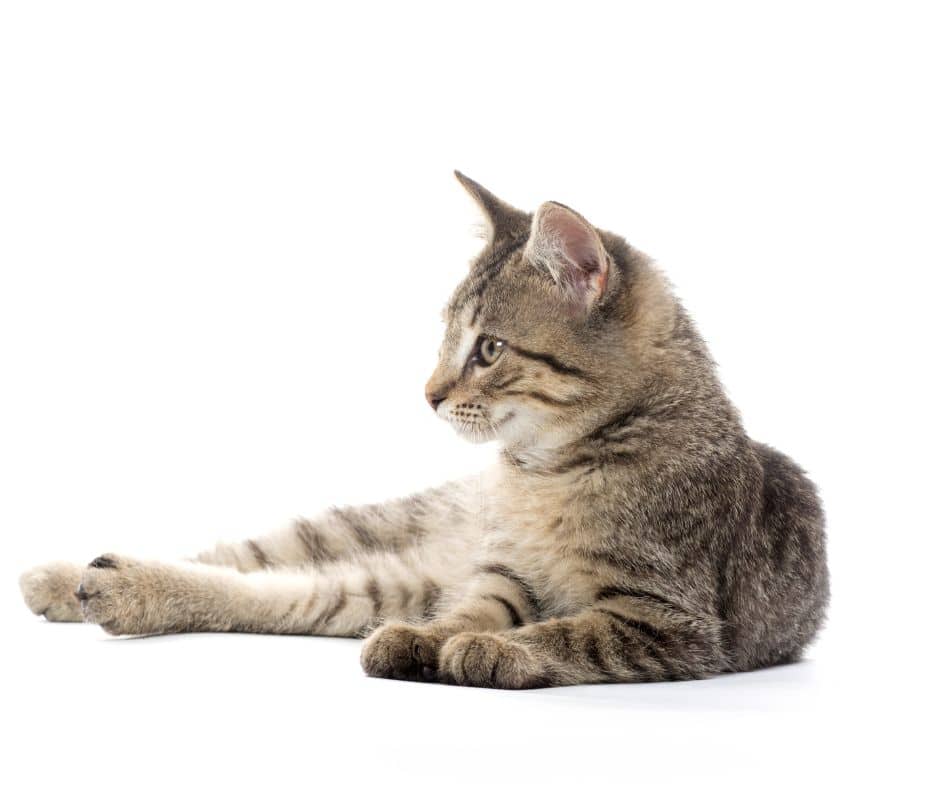
Hast du weitere Fragen? Wir sind gerne für dich da!
Wir freuen uns auch jederzeit über einen Besuch!

